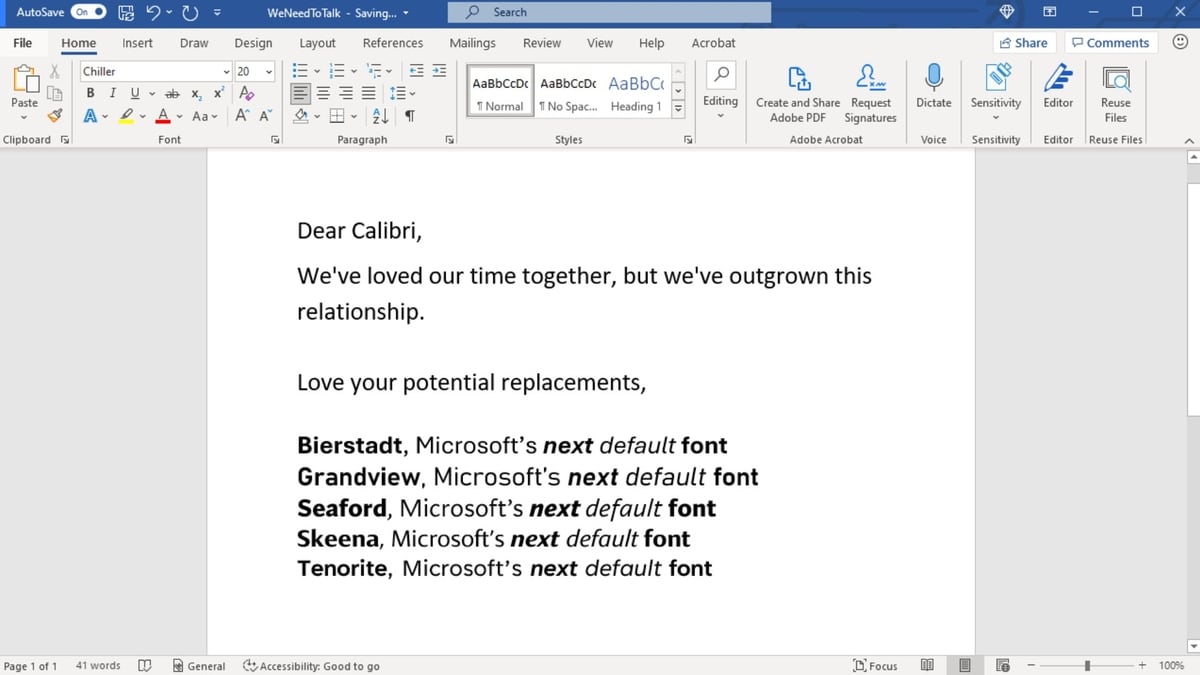

If you print the document, the headers and footers will print even if white space is hidden. If you hide white space, page breaks are still visible in the document. When you save and close a document, the setting is retained in the document. When white space is hidden, the setting affects not just the white space between pages but anything that is part of the header or footer (including watermarks and other graphics anchored to the header or footer). If you show or hide white space, this setting will continue in any new documents you create. If you are hiding white space, you can also position the pointer in the gray area between pages and then double-click. A message appears to Double-click to show white space or Double-click to hide white space.

Position the cursor at the top of the document (you can press Ctrl + Home to move the cursor to the top of the document).To show or hide white space in Word using a shortcut:
MICROSOFT WORD FOR MAC DEFAULT WEB VIEW HOW TO
Recommended article: How to Hide Comments in Word (or Display Them)ĭo you want to learn more about Microsoft Word? Check out our virtual classroom or live classroom Word courses > Showing or hiding white space using a shortcut

Headers and footers appear in the top and bottom margin areas (with the exception of floating objects) so if white space is hidden, headers and footers may seem to be missing. In Word documents, margins are set for the top and bottom of pages by default and can be changed on the Layout tab in the Ribbon. You can click the View tab in the Ribbon and select Print Layout in the Views group to go to this view if necessary. Print Layout View is the default view in Word. If you want to show or hide spaces between words, you’ll need to click Show/Hide ¶ on the Home tab in the Ribbon. The gray space that typically appears at the top and bottom of pages as you scroll through your document will also disappear. If you hide white space, you won’t be able to see headers, footers or top and bottom margins in Print Layout View. You can show or hide white space at the top and bottom of pages in Microsoft Word documents. Now double click the new module to open the editing area on the right side, and paste the following codes there:Ī.Show or Hide White Space in Microsoft Word Documentsīy Avantix Learning Team | Updated March 22, 2021Īpplies to: Microsoft ® Word ® 2010, 2013, 2016, 2019 or 365 (Windows).Then choose to click “Module” on the list.In the VBA editor, click “ThisDocument” under “Normal” project on the left.Then press “Alt+ F11” to open the VBA editor.The solution is to use VBA codes to work the magic. Then what about those previous documents? Method 2 is architecture to solve this problem. Method 2: Change Zoom Level for Previous DocumentsĪs we’ve mentioned above, method 1 only affect new files created after the setting. By the way, the documents you created before shall remain in the original default level. Note: When you open Word next time, the default zoom level should be different. Now, the zoom level of the document you just create will change to the value you choose, and so do all future documents. In “Zoom” dialog box open, you can either choose a value in “Zoom to” part or input a specific value in the “Percent” spin box.Firstly, open Word to create a new document.Method 1: Modify Zoom Level for Future Documents Now the question is how can we have a fixed zoom level at what we want for Word document instead of the default 100%? It will be much more convenient.īelow are 2 methods to accomplish this task. Or sometimes due to different monitors, larger zoom level is required. Then altering the zoom level shall be helpful. Let’s say, you have certain requirements for document font, such as the size, yet you just want things look bigger on your screen. However, situation varies from case to case. Generally, Word displays the document zoom level at 100%. In this article, there will be 2 different ways for you to change the default zoom level of your Word document to meet your specific need.


 0 kommentar(er)
0 kommentar(er)
